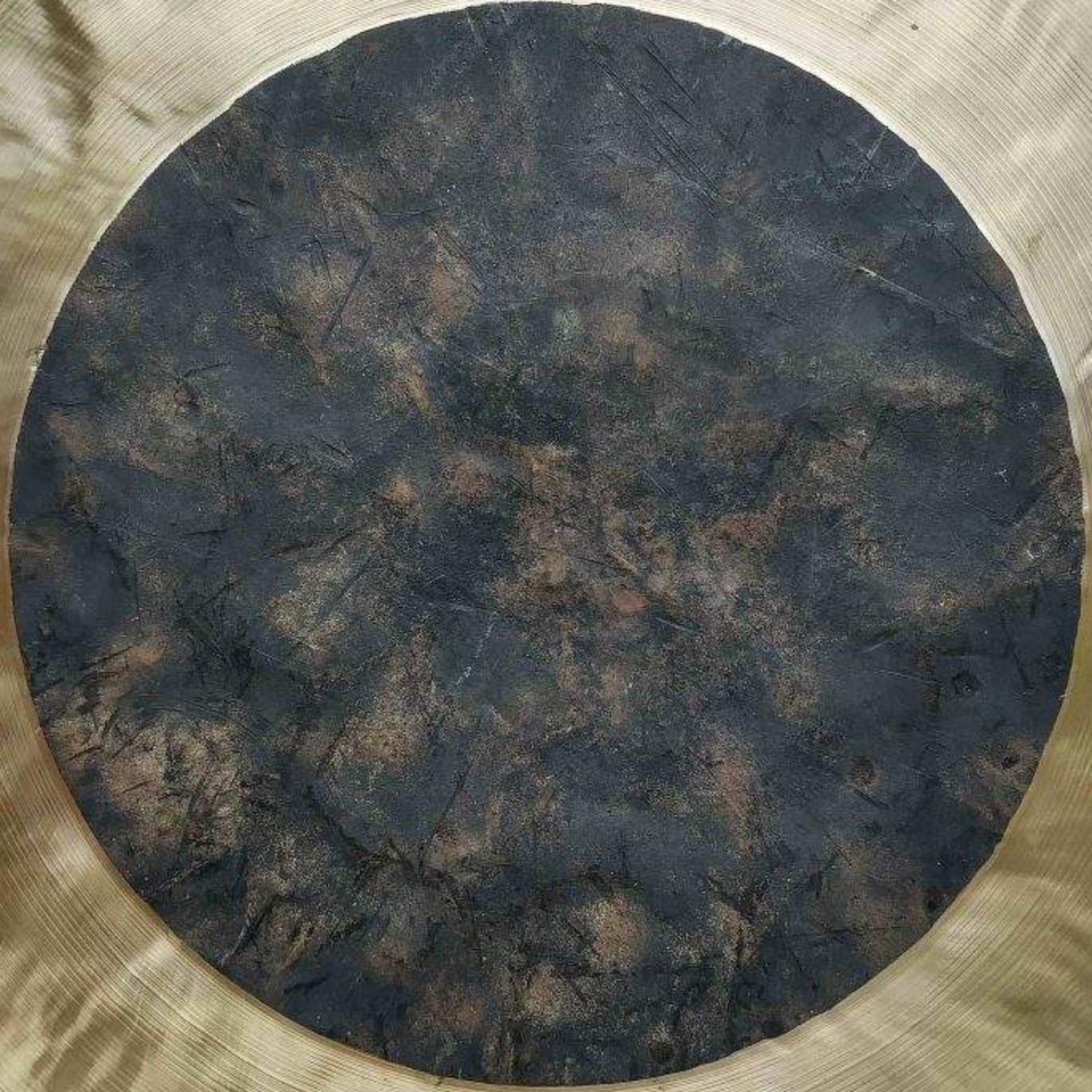Circle Launches Arc Public Testnet to Build an “Economic OS” for the Internet



Circle Internet Group on Tuesday announced the public testnet launch of Arc, an open Layer-1 blockchain the company is positioning as a new Economic Operating System for the internet. Designed specifically for developers and enterprises, Arc promises predictable dollar-based fees, sub-second finality, opt-in configurable privacy, and native integration with Circle’s full-stack platform, attributes Circle says will enable a range of real-world financial use cases from lending and capital markets to FX and global payments.
The testnet debut arrives with broad industry engagement: more than one hundred companies across finance, payments, technology, stablecoin issuance, developer tooling, and digital asset markets are participating in early builds, pilots, and integrations. Circle framed Arc as a purpose-built network to help connect local markets to the global economy and to accelerate the migration of economic activity onchain.
“With Arc’s public testnet, we’re seeing remarkable early momentum as leading companies, protocols, and projects begin to build and test. Combined, these companies reach billions of users, move, exchange, and custody hundreds of trillions in assets and payments, and support local economies across Africa, the Americas, Asia, Europe, and the Middle East,” said Jeremy Allaire, Co-Founder, Chairman and CEO of Circle.
He added, “This geographic diversity highlights a defining strength of Arc: its purpose-built to connect every local market to the global economy. Arc presents the opportunity for every type of company to build on enterprise-grade network infrastructure—advancing a shared vision that a more open, inclusive, and efficient global economic system can be built natively on the internet.”
A Financial Infrastructure Play
Circle positioned Arc as more than a generic smart-contract platform. The company emphasizes deterministic settlement and dollar-denominated fee mechanics as features intended to reduce volatility and operational friction for institutions used to fiat rails. That architecture is intended to make Arc attractive to capital markets participants and regulated firms testing tokenized assets, custody, and programmable settlement workflows.
Capital markets houses and market infrastructure firms are among the early participants. Circle named Apollo, BNY, Intercontinental Exchange, and State Street as part of the cohort exploring Arc. From a banking and asset management perspective, the network has drawn interest from global names including BlackRock , Deutsche Bank, Goldman Sachs, HSBC, Standard Chartered, and others, reflecting the project’s focus on institutional use cases such as asset issuance, custody, and onchain settlement.
“As the digital asset ecosystem evolves, we’re focused on how emerging infrastructure can support tokenized markets and institutional liquidity,” said Robert Mitchnick, Global Head of Digital Assets at BlackRock. “Exploring Arc will provide insight into how stablecoin-denominated settlement and onchain FX capabilities might enable more efficient capital markets and unlock additional utility for onchain assets.”
Payments, Fintech and Technology firms are Lining Up
Circle said payments and fintech use cases are central to Arc’s value proposition. The network’s predictable fee model and sub-second finality are meant to enable low-friction merchant funding, multi-currency payouts, and real-time cross-border flows, functions that resonate strongly with payments orchestration and merchant acquiring platforms.
Major technology and payments players joining the testnet include Amazon Web Services , Cloudflare, Mastercard, Visa, FIS, Nuvei and a long list of fintechs and global payments providers. “Circle’s launch of Arc is a meaningful step toward advancing programmable money and digital financial infrastructure,” said Raj Dhamodharan, executive vice president, Blockchain & Digital Assets at Mastercard. “Deepening our longstanding work with Circle as an early design partner, Mastercard is exploring how we can help shape Arc’s foundation to enable secure, simple payment experiences across both fiat and stablecoin rails.”
“Our focus is on helping merchants move money globally with less friction, from checkout to settlement and payouts,” said Phil Fayer, Chairman and Chief Executive Officer at Nuvei. “We’re evaluating Arc’s capabilities—sub-second finality, predictable dollar-based fees, and a built-in FX layer—to see how they might support faster merchant funding and multi-currency onchain payouts while maintaining the compliance and reliability our customers expect.”
Arc’s roadmap explicitly anticipates stablecoins playing a core role in transaction fees and liquidity, and Circle said it is engaging a diverse set of stablecoin issuers to bring assets onto the network. Testnet participants include issuers from Australia, Brazil, Japan, Korea, Mexico, the Philippines, Canada and more, covering currency-pegged tokens such as AUDF, BRLA, JPYC, KRW1, MXNB, PHPC and QCAD.
The chain also expects to be deeply integrated with developer tooling and blockchain infrastructure. Wallets like MetaMask, Ledger and Fireblocks; developer services including Alchemy, Chainlink and Thirdweb; cross-chain bridges such as Wormhole and Stargate; and infrastructure providers like Blockdaemon and QuickNode are listed among testnet collaborators, creating a stack intended to be familiar to builders and enterprises accustomed to EVM-compatible ecosystems.
A Broad Market Plumbing Layer
Beyond wallets and tooling, the Arc testnet is attracting exchanges, market makers, lending protocols and liquidity venues. Decentralized exchanges such as Uniswap and Curve, centralized exchanges including Coinbase, ByBit and Kraken, market makers and OTC desks like Cumberland and Galaxy Digital, and lending projects such as Aave and Maple are participating in early tests. Circle says this mix is intended to ensure there are multiple access points for liquidity, trading and credit on the network as it evolves.
While Circle is stewarding Arc’s initial development and operation, the company says the public testnet marks the beginning of a transition toward distributed, community-driven governance. The plan includes expanding validator participation, establishing transparent governance frameworks, and enabling a broad set of institutions and protocol developers to have a role in the network’s evolution. Circle framed the goal as making Arc a neutral, auditable layer of economic infrastructure operated by a globally distributed set of participants.
Industry voices echoed a mix of curiosity and cautious optimism. Mathew McDermott, Global Head of Digital Assets at Goldman Sachs , said his firm is “excited to be part of an initiative that tests how programmable settlement and interoperable FX workflows can enhance regulated markets.” HSBC’s Manish Kohli said the bank is “keen to explore how Arc can enable best practices and new technical infrastructure to help make global payments more efficient and connected.”
Circle, the issuer of the widely used USDC stablecoin through its regulated affiliates, framed Arc as the next stage in its work to make digital currencies and public blockchains accessible to enterprises and financial institutions. With the testnet now live, Circle and its partners will be watching whether the promise of predictable fees, fast settlement and native stablecoin rails can translate into real world pilots and, ultimately, broader production adoption.

Michael Saylor Owns 3% of Total Bitcoin Supply with New $43.4M Buyout
Michael Saylor boosts his Bitcoin holdings with a $43.4M buy that has brought Strategy’s total to 64...

Top 7 Upcoming Crypto Airdrops in 2025 (UPDATED)
Discover the top 6 upcoming crypto updates and airdrops for 2025, including IPO Genie ($IPO) presale...

Blockchain’s Original Sin: How SilentSwap V2 Delivers Complete Privacy in 30 Seconds
SilentSwap V2 solves blockchain’s privacy flaw with 30-second non-custodial swaps, giving users full...

